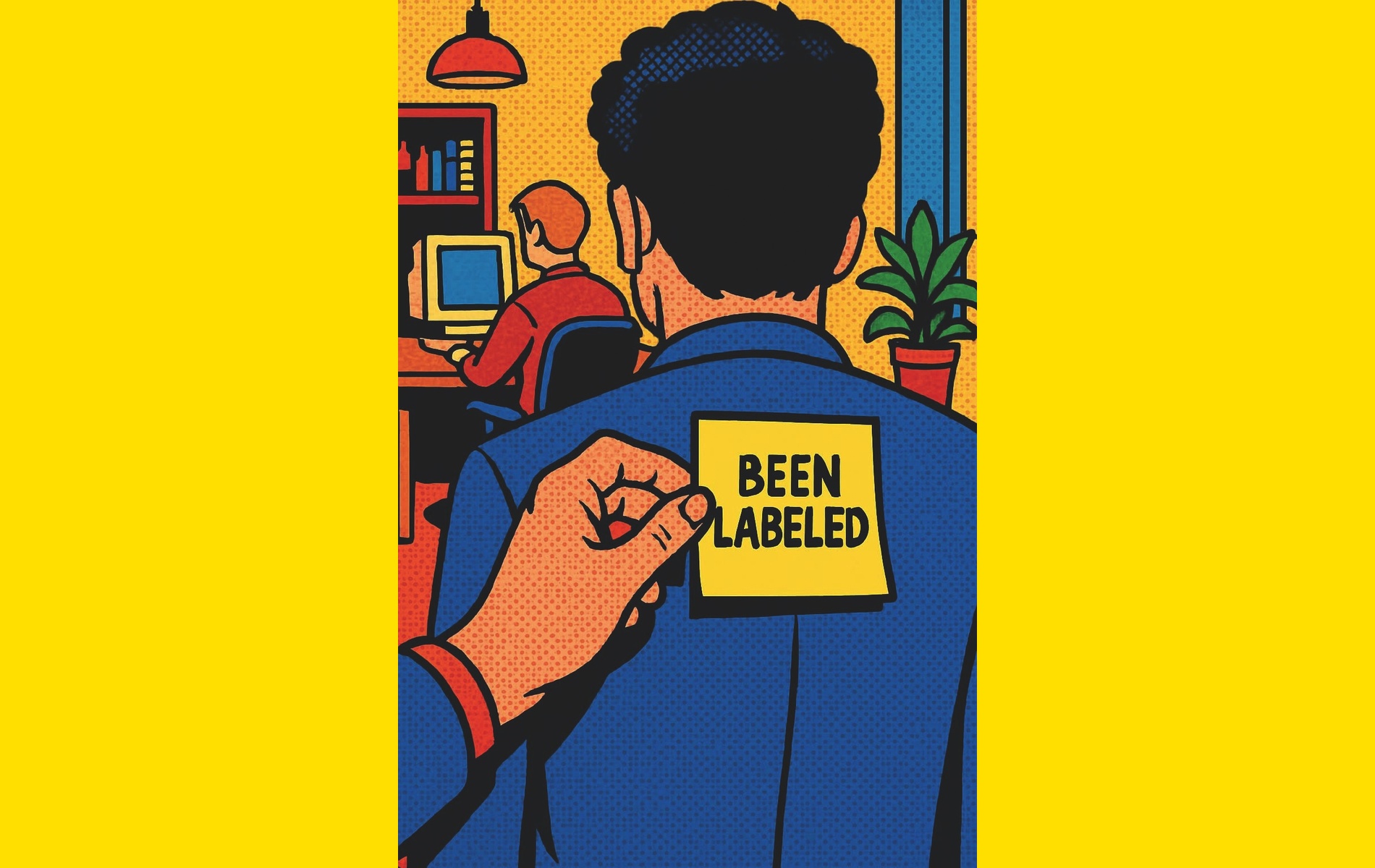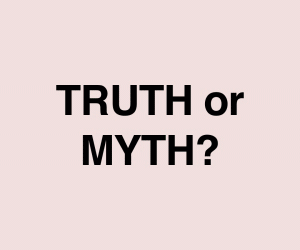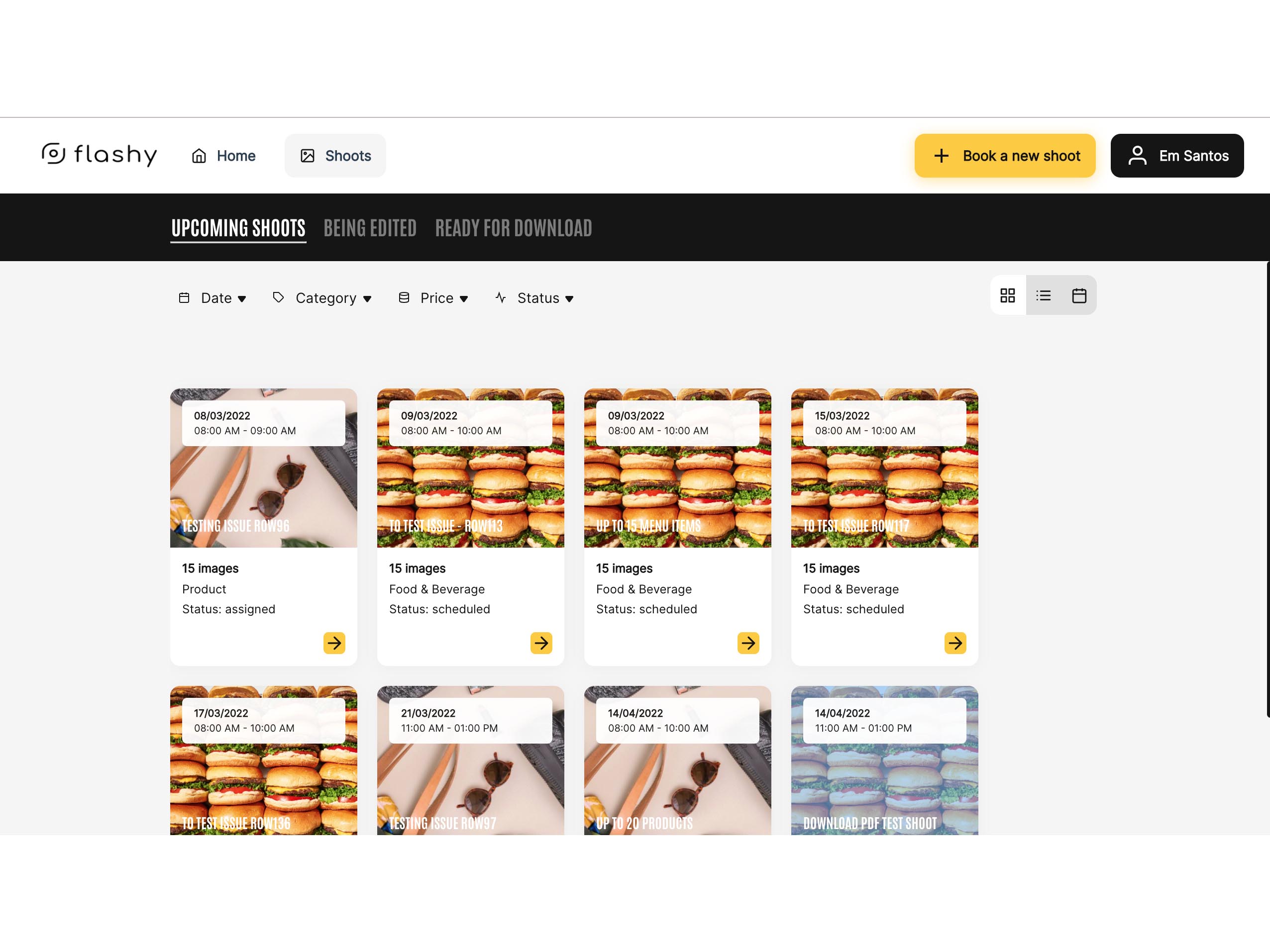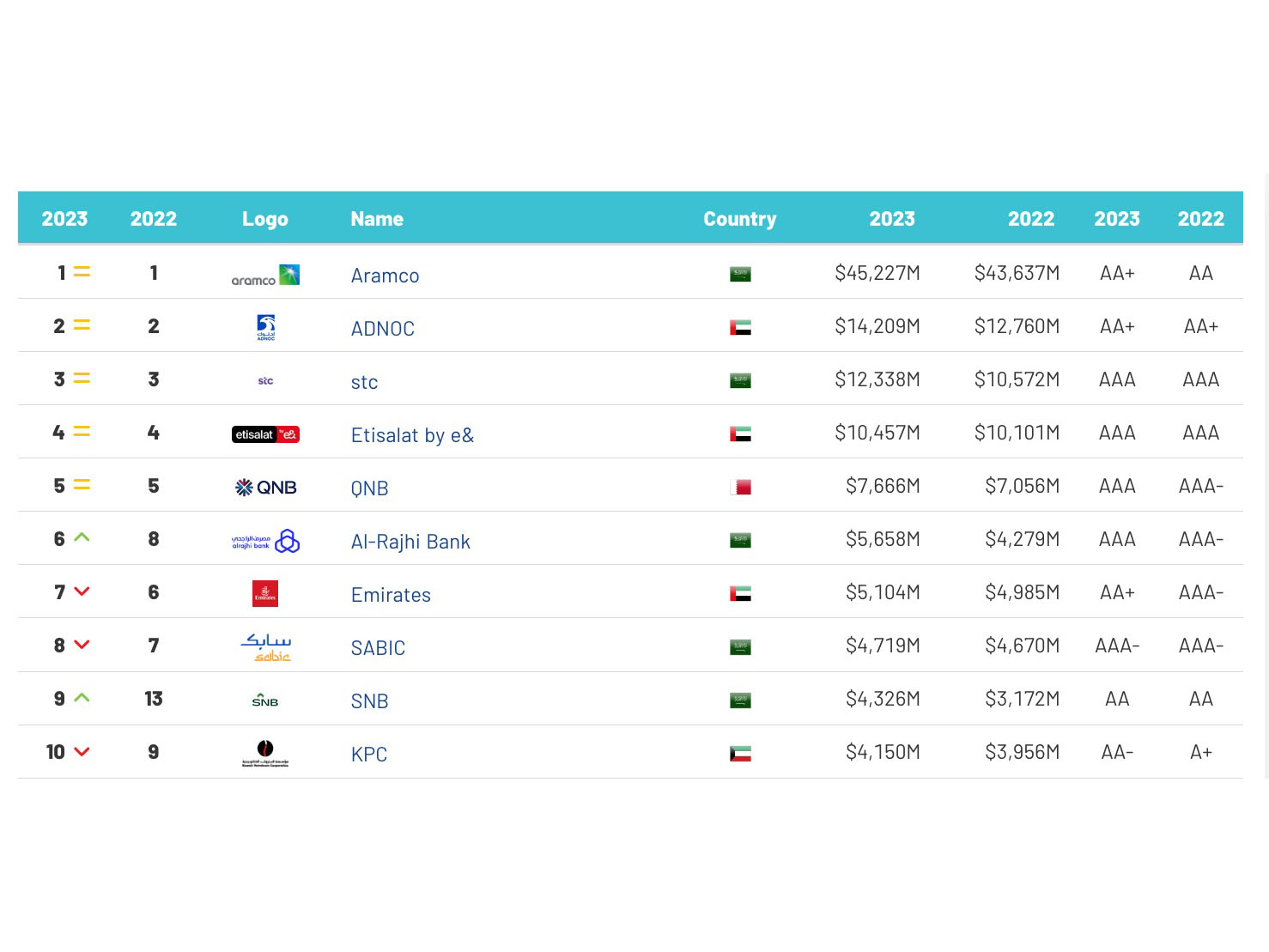Industry Talk - POV
Sound Is Emotion: The Hidden Hero in Great Storytelling
by Roudny Nahed, MusicGrid
October 19, 2025
.jpg) Advertisement
Advertisement'Storytelling is one of the oldest and most powerful tools humans have. We use it to entertain, persuade, and inspire. Yet behind every truly unforgettable story from movies to marketing campaigns, lies a powerful, often invisible force: sound.'
Roudney Nahed of MusicGrid elaborates.
'Sound is the emotional engine of storytelling. It amplifies drama, creates tension, evokes joy, and stirs nostalgia. And while it may not always be the most obvious element in a piece of content, it’s often the most impactful. In many cases, what we hear shapes how we feel more than what we see.
Sound Drives Emotion
Imagine watching a horror film with the sound turned off. Suddenly, the suspense disappears.
The tension evaporates. The jump scares fall flat. That’s because music and sound design cue our emotions long before we realize it consciously. A low-frequency drone can make us feel uneasy. A sudden silence can heighten suspense. A swell in the score can bring us to tears.
This same principle applies far beyond film. In advertising, documentaries, and even branded content, sound helps shape the emotional journey. It signals when to laugh, when to feel inspired, when to reflect. And when done right, it leaves a lasting emotional imprint.
"Think of Nike’s ads, often minimal in dialogue but rich in emotional music that mirrors the message of perseverance and greatness. Or Coca-Cola’s use of upbeat, global pop music to project optimism and connection."
Sound Without Words
One of the most powerful aspects of sound is its ability to communicate emotion without language. This makes it universal. A melody can express longing, triumph, or tension across cultures and continents, even if the listener doesn’t understand the lyrics.
Brands that tap into this understand how to communicate in a more human way. A well-composed piece of music or soundscape can carry the brand's tone, values, and emotional message, all without a single line of copy.
Music as a Brand Storytelling Tool
Brands that excel in storytelling often use music strategically, not as a background element, but as a narrative device.
Think of Nike’s ads, often minimal in dialogue but rich in emotional music that mirrors the message of perseverance and greatness. Or Coca-Cola’s use of upbeat, global pop music to project optimism and connection.
These brands understand that music is a storyteller, one that connects directly to the heart, bypassing rational thought and speaking to the audience on a deeper level.
Sonic Identity and Narrative Consistency
Storytelling isn’t limited to individual campaigns. It’s also about consistency, the overarching story a brand tells over time. Sonic branding plays a key role in reinforcing that consistency across platforms and moments.
A brand’s sonic logo, brand theme, or recurring audio motif helps create a recognizable emotional thread.
Over time, these audio cues build familiarity, deepen connection, and become part of the brand’s DNA.
Just like a visual logo helps people identify a brand instantly, a sonic identity helps people feel something instantly. That emotional consistency enhances the story being told, whether it's through a product video, a podcast intro, or a live event.
Silence and Sound Design
Sound in storytelling isn’t just about music. Silence, sound effects, and voice design matter too.
The timing of a pause, the texture of a voiceover, or the crackle of a fire in the background can all elevate a narrative and make it more immersive.
Sound design helps build realism, emotion, and environment. It creates texture, a sense of place, mood, and momentum. And when integrated into a brand’s storytelling strategy, it can transform ordinary content into powerful experiences.
Why Most Brands Underestimate It
Despite its power, sound is still underutilized in brand storytelling. Many campaigns are developed with visuals and copy as the main focus, with audio added as an afterthought. This leads to missed opportunities and often, forgettable stories.
The best storytelling is multisensory. It acknowledges that people don't just see and read, they feel, and sound is a direct route to emotion.
As storytelling becomes more crucial in marketing, especially in an age of digital saturation and short attention spans, the brands that stand out will be those that harness the full emotional spectrum, especially the one you can’t see.
Sound isn’t just an accessory to storytelling, it’s its secret weapon. It shapes mood, evokes memory, and drives emotion in ways no visual can.
To tell a great story, you need more than words and images. You need sound.Because in the end, people may forget what your ad looked like — but they’ll always remember how it made them feel.'



.jpg)







